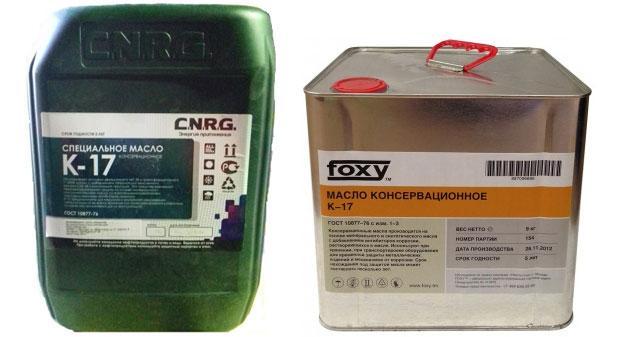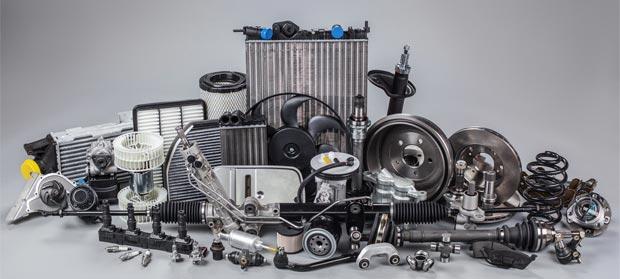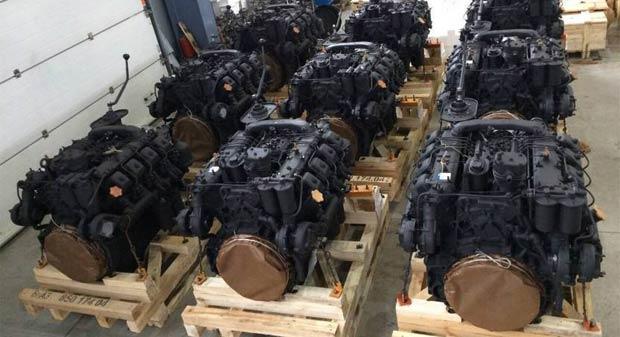
Preservative oil K-17. How to stop time?
Content
Features
The main component of the conservation composition K-17 is a mixture of transformer and aviation oils, to which antifriction and antioxidant additives (in particular, petrolatum) and corrosion inhibitors are added. K-17 grease is flammable, so when working with it, people should follow the safety rules that correspond to such compositions. These include the use of non-sparking tools, work only in well-ventilated areas, avoidance of nearby open flames, and mandatory use of personal protective equipment.


Basic physical and mechanical parameters:
- Density, kg / m3, at room temperature, not less than: 900.
- Kinematic viscosity, mm2/ s, at a temperature of 100 °C: not less than 15,5.
- Thickening temperature, °C, not less than: - 22.
- Flammable temperature range, °C: 122…163.
- The highest content of impurities of mechanical origin,%: 0,07.
The color of fresh K-17 oil is dark brown. During its production, the oxidizing ability of the lubricant on steel, cast iron and brass is subject to mandatory verification. Separate foci of corrosion (weak discoloration) are allowed only after 5 years of the presence of a layer of this lubricant on a preserved part. Suitable for use in humid and tropical climates, resistant to constant exposure to sea water. In terms of its performance characteristics, it approaches imported AeroShell Fluid 10 grease.


Application
The optimal areas for using conservation oil K-17 are:
- Long-term conservation indoors metal parts of the car.
- Preservation of stored car engines.
- Additive to gas turbine fuels of racing cars in order to reduce their wear and corrosion of fuel line parts.
During long-term storage of automobile engines, all filters are removed from them, and the lubricant is pumped through the entire assembly until the cavities are completely filled.


The suitability of K-17 oil is determined by the possibility of its oxidation during long-term storage. The combination of oil base stocks and additives affects the rate of oxidation, and the presence of a thickener in the lubricant can increase the rate of degradation. A 10°C increase in temperature doubles the rate of oxidation, which shortens the oil's shelf life accordingly.
Preservation grease K-17 should not be mixed frequently: this facilitates the access of air to the oil. At the same time, the contact surface area increases, which also promotes oxidation. The processes of emulsification of water into oil are also intensified, enhancing the oxidation process. Therefore, when storing grease K-17 for more than 3 years, its characteristics should be checked for product compliance with GOST 10877-76.


The described conservation oil is produced in Russia by such enterprises as TD Synergy (Ryazan), OJSC Orenburg Oil and Gas Plant, and also by Necton Sea (Moscow). The cost of conservation grease K-17 is determined by the volume of purchase and packaging of goods. The lubricant is packaged in barrels with a capacity of 180 liters (price - from 17000 rubles), as well as in canisters with a volume of 20 liters (price - from 3000 rubles) or 10 liters (price - from 1600 rubles). A guarantee of the proper quality of products is the presence of a certificate from the manufacturer.


Watch this video on YouTube